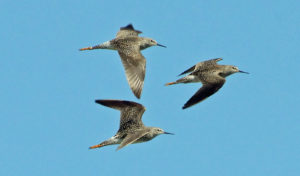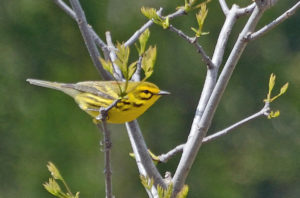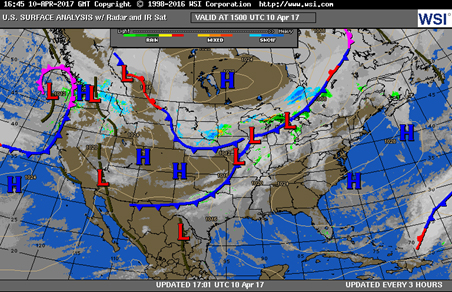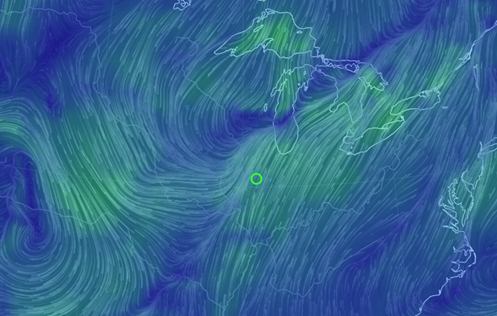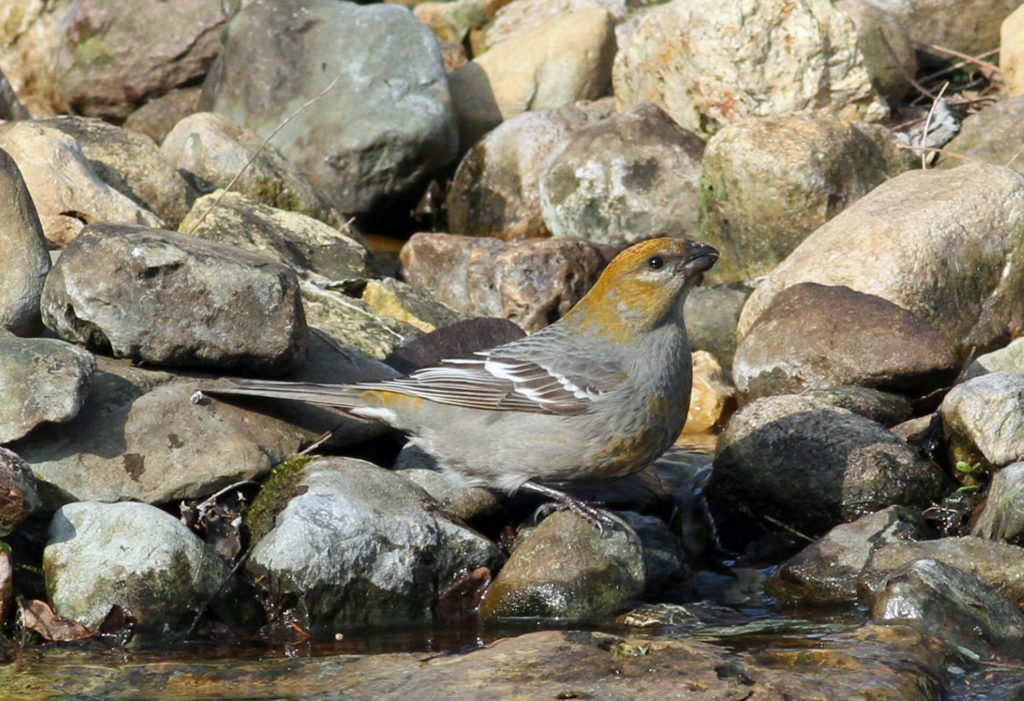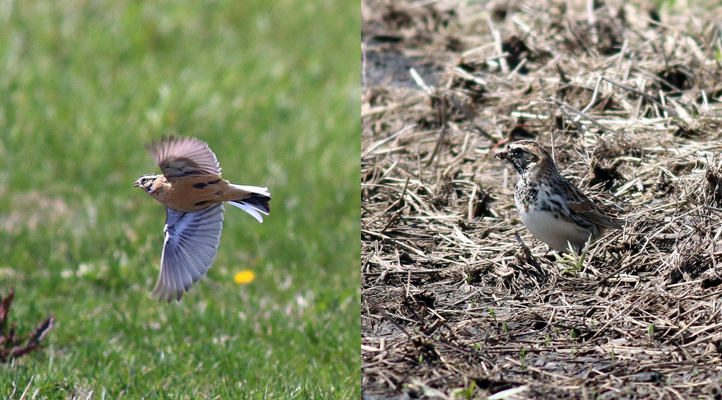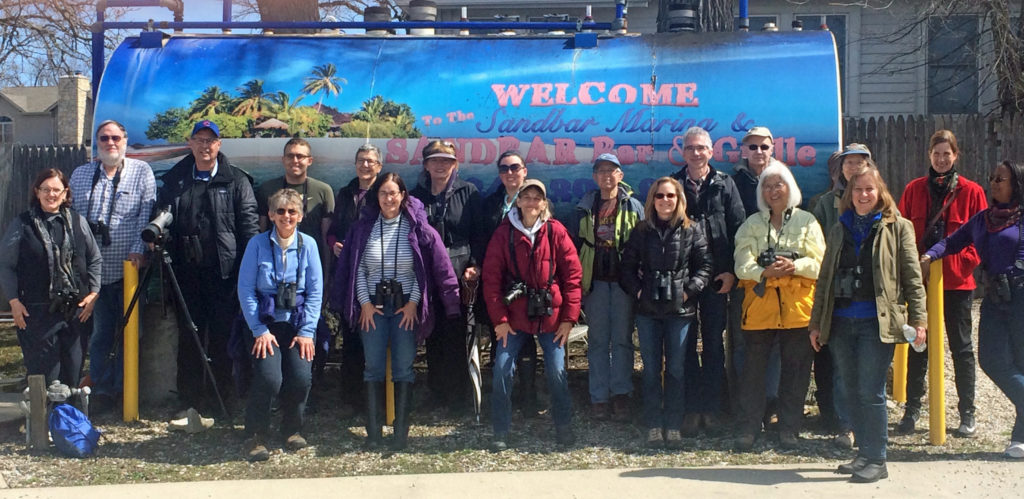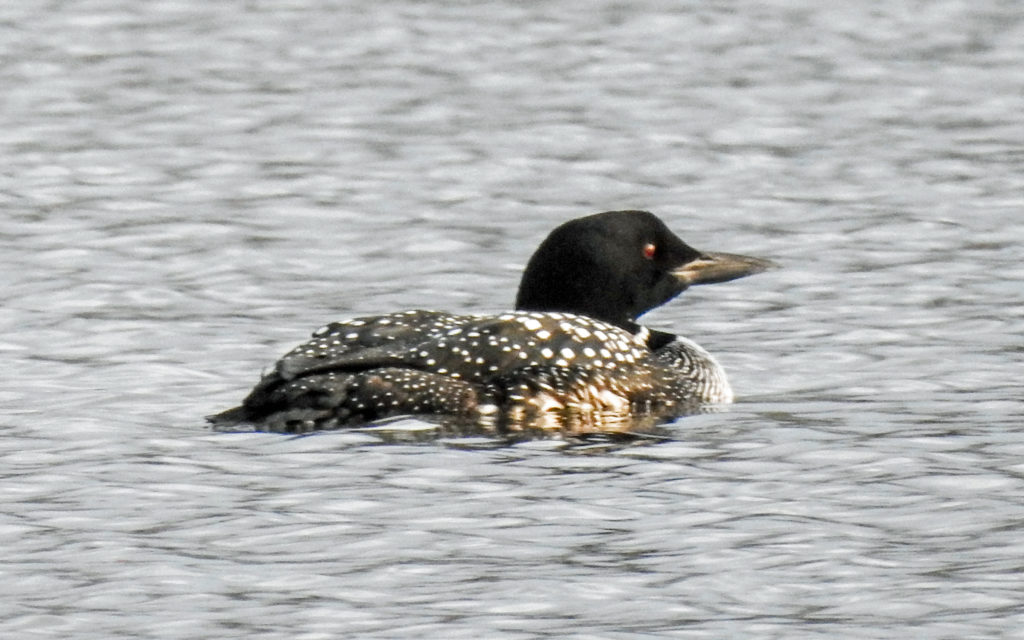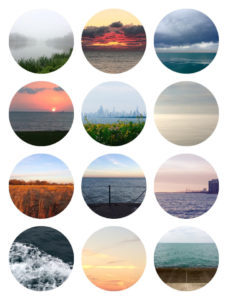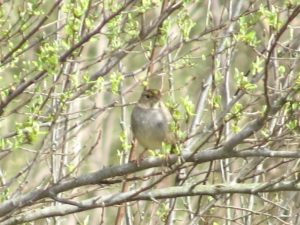Spring Bird Count – Then and Now

The Illinois Spring Bird Count is here at last. For those, like myself, that look forward to this day every year, getting ready for the count can be a bit hectic. I like to think of it as preparing for that comprehensive final you might have at the end of the semester in school. With a running species list of around 350 species tabulated over the last 45 years, anything would seem possible during the count. That being said, that running list has taken many years of hard work to put together, which brings me to how the count began in the first place.
In 1959, the soon to be organizer of the Breeding Bird Survey, Chandler Robbins organized the first Spring Bird Count in Maryland. At the time 23 counties were counted in Maryland. Because these counts take lots of work Chandler could not do it alone. Mentored by Chandler at the time was a young man named Vern Kleen who had been birding since the age of seven. While compiling data for Chandler Vern learned the value of scientific data. He went on to earn a B.S. in Zoology from the University of Maryland in 1965 and then attended Southern Illinois University where he earned a M.A. in Zoology. Vern was also a multistate editor for Bird Notes for six states. Realizing how confusing it can be to try and make something out of data when there are many different projects going on using different methods Vern understood the need for consistency and connectivity among data. So when asked by the Illinois Department of Natural Resources, whom he later worked for as State Ornithologist out of Springfield, to organize a statewide bird count, he realized that it would require all counties working together was what it would take to have a data set that could be used to benefit birds. With the help of Illinois Audubon Society Vern was able to recruit 650 volunteers in 62 counties and coordinate the very first SBC on Saturday, 6 May 1972. From there Vern grew the count so most, if not all, counties were counted during consecutive years. Vern continued to organize the count for over 30 years before transitioning the count to the Illinois Natural History Survey where Mike Ward and I currently coordinate.
While going out and counting birds that you hear or see is always a good time, the real purpose behind the count is to use the data to monitor birds and benefit them. Because we have over four decades of SBC data to work with we can use the data to look at population trends of birds. Are species increasing or decreasing in number, and if so, why? We can also use the data to determine range movement and distribution of birds. For instance, if an exotic species enters the state we can look at the data to see how quickly the bird colonizes throughout the state. Or if bird ranges are shifting due to changes in climate over time we would expect to see shifts in the distribution of species. We can also use SBC data to document rare or vagrant species. When you have over 1,000 volunteers out on the same day you have a much greater likelihood of documenting these occurrences. Finally, we can use the data to contribute to conservation management decisions.
We are always looking for new volunteers for the count and in a testament as to how much volunteers enjoy the count, we still have volunteers that have been around since the very beginning. Vern himself continues to contribute as a county compiler for Union county. This popular count allows birders and nature lovers alike to go out for one day and simply bird, albeit with a few stipulations. For those interested in the count, this event occurs every spring on the Saturday that falls between the 4th and 10th of May. The censuses are conducted in all 102 counties in Illinois, however in any given year a few counties are not censused. Each county has a compiler responsible for recruiting volunteers and assigning volunteers to areas to count within their county. This is especially important to avoid double coverage of an area. While the count is a fun bird-a-thon volunteers need to keep in mind that we do want to be comprehensive and cover as much of the county and its habitat types as possible. Counting common birds such as robins and blackbirds might get boring, but we can’t overlook them simply because there are an abundance of them. Volunteers record all birds seen or heard, along with the number of hours they spend “owling” (pre-dawn hours), the number of hours spent looking for birds during the day, the number of miles driven in a car, and the number of miles walked. Compilers also tabulate all data collected within their county and send it to the state compiler.
Each year SBC reports are published in the Meadowlark, a journal of the Illinois Ornithological Society. Members from IOS along with Illinois Audubon Society are a large portion of the SBC volunteer group. Please see the SBC Web site for more information and contact Tara Beveroth, if you would like to volunteer.
by Tara Beveroth


